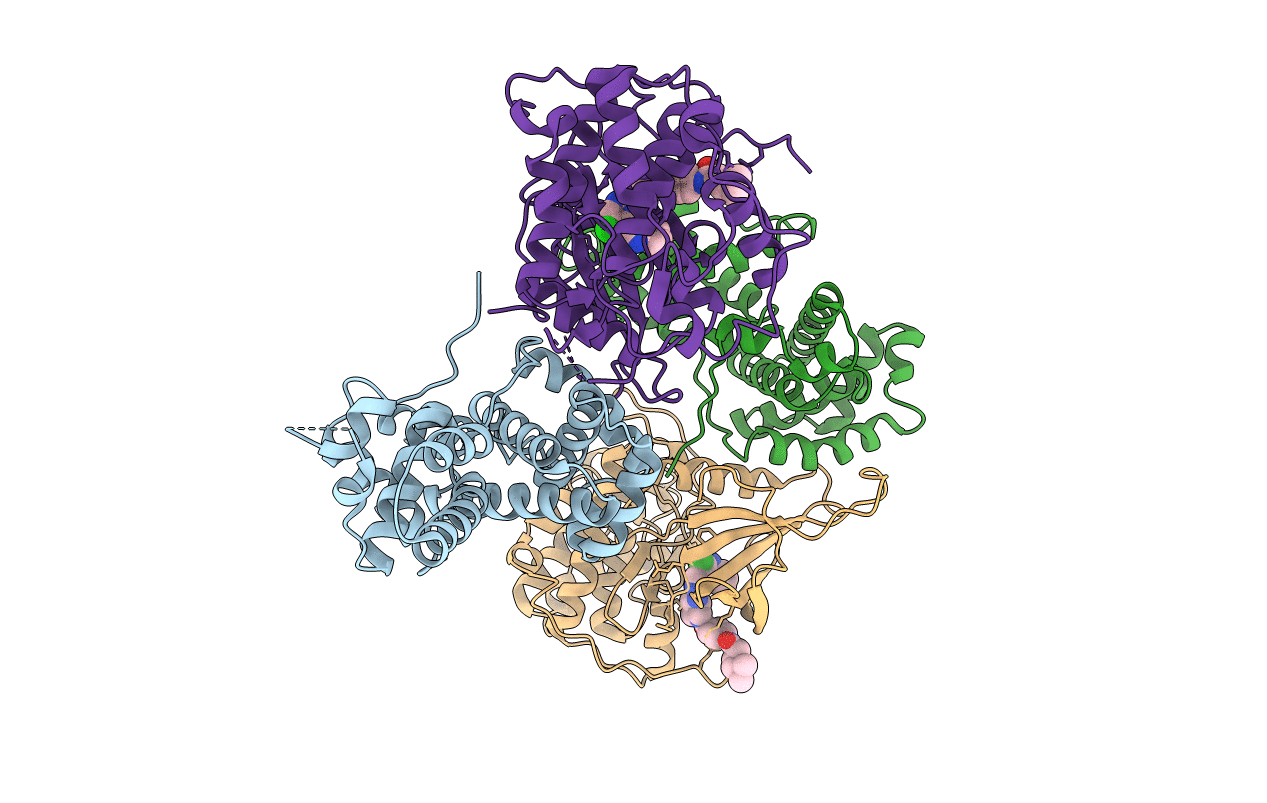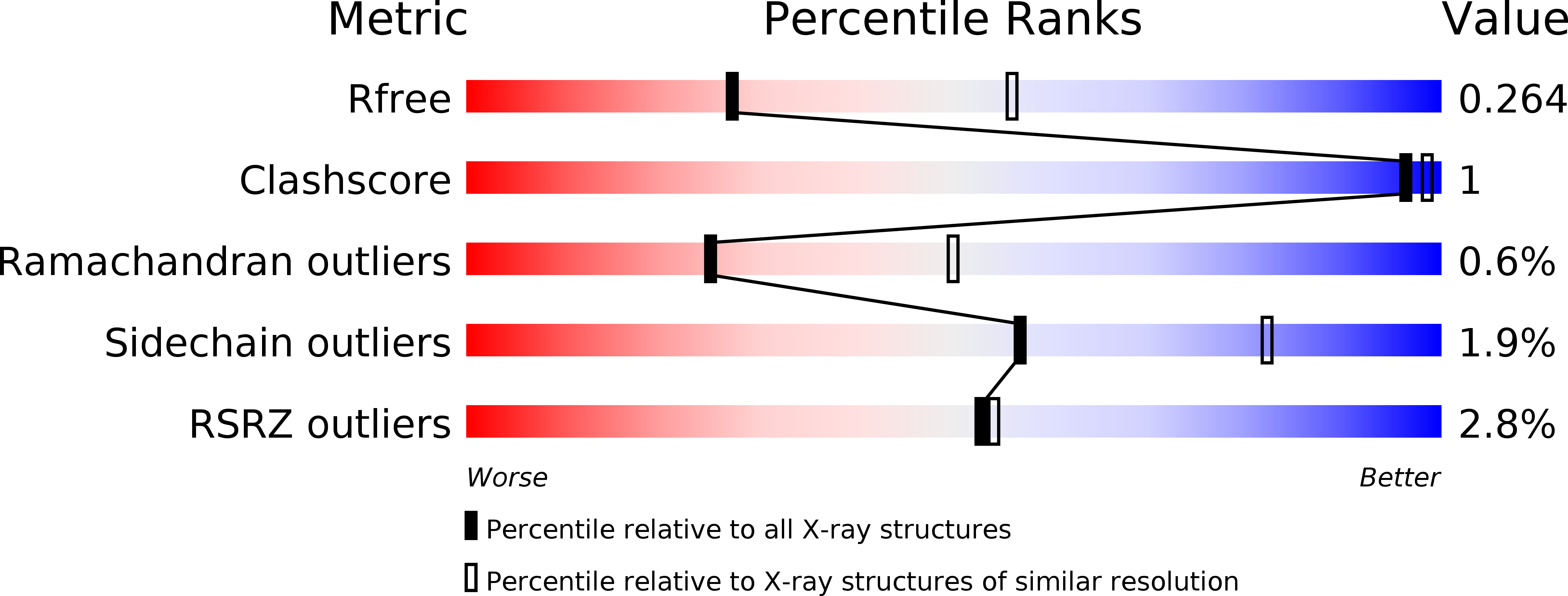
Deposition Date
2015-08-14
Release Date
2016-06-15
Last Version Date
2024-11-13
Method Details:
Experimental Method:
Resolution:
2.70 Å
R-Value Free:
0.26
R-Value Work:
0.22
R-Value Observed:
0.22
Space Group:
P 1 21 1


